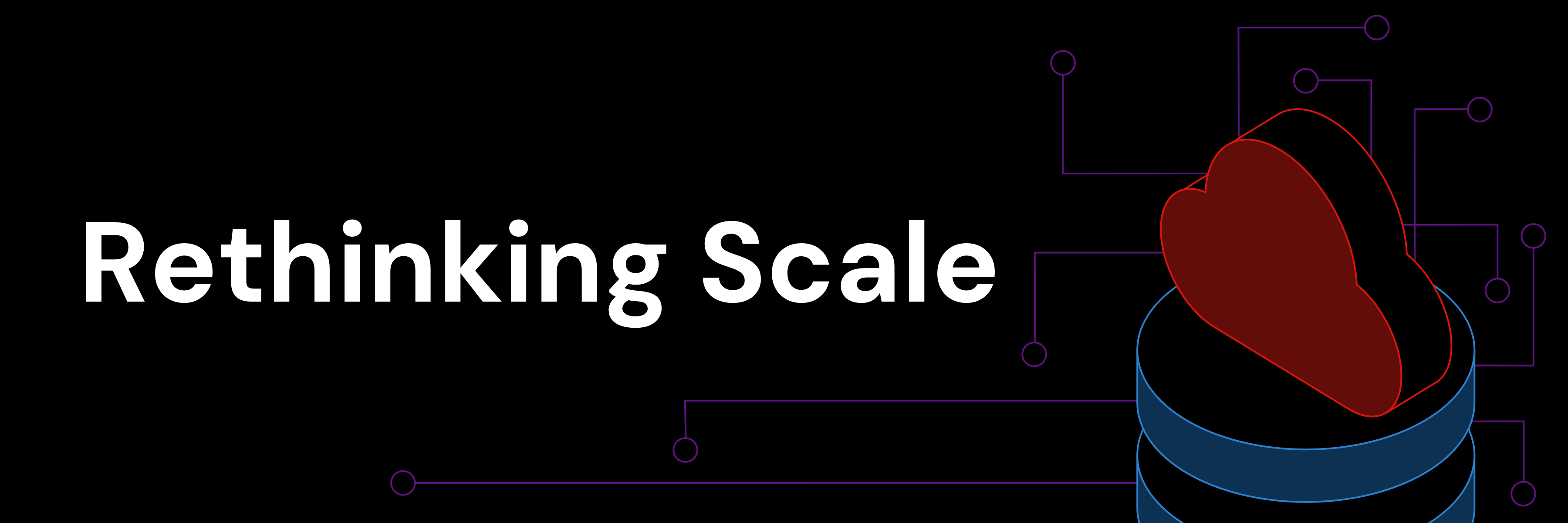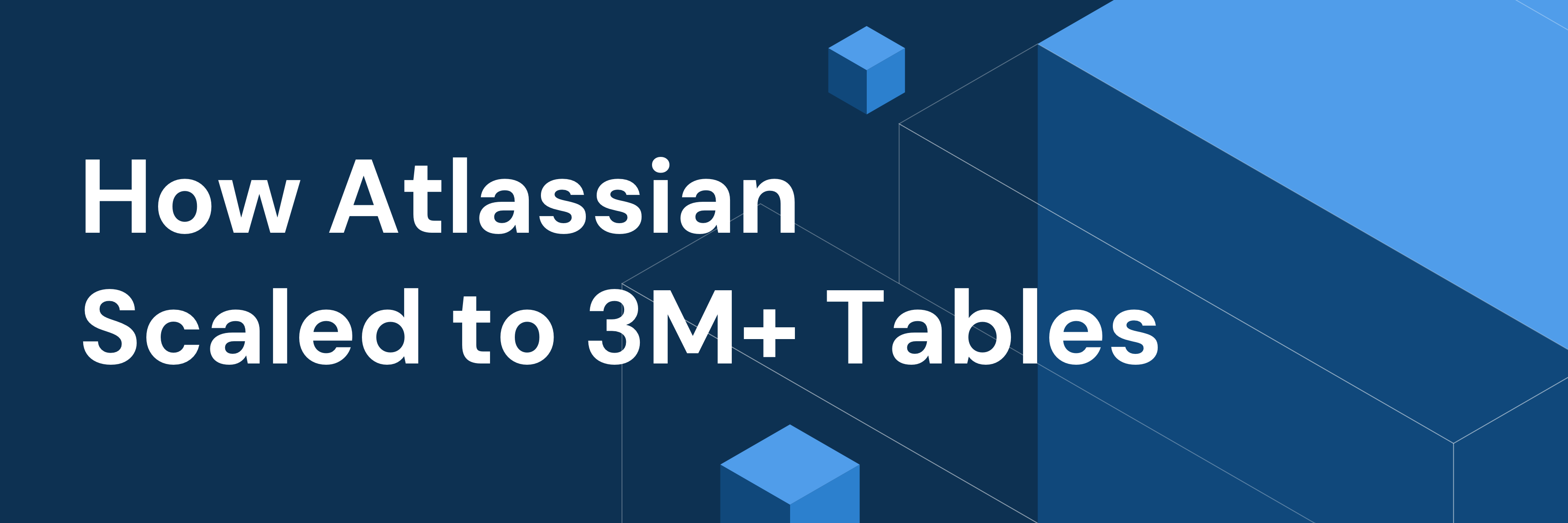
Recently, I’ve been meeting customers across industries including AIaaS, Web3, and FinTech. No matter where I go, the conversation always turns to one thing: AI.
Everyone’s asking the same question: “How will AI transform our business, and how does TiDB embrace this change?”
So, I started sharing what had been on my mind lately.
“The era of AI is here,” I said. “But the real shift is that the main users of databases aren’t humans anymore, they’re AI agents.”
That’s usually when customers stop for a moment. You can see the idea land.
Then I add, “AI agents are going to change how we build systems. They’re moving us from predictable, rule-based design to something far more dynamic and non-deterministic.”
At that point, the room always goes quiet. You can almost watch people thinking it through.
From Determinism to Uncertainty
In the old days, systems were predictable. Developers designed schemas, wrote queries, and controlled every detail.
Building an e-commerce site?
Start with a products table — id, name, price.
Need a list page? Just run:
SELECT * FROM products ORDER BY id;
Everything was deterministic, by design. But in the AI era, those rules collapse. Now you tell an agent: “Build me a website.”
It invents tables and SQL queries you’ve never seen. A minute later, it deletes them and tries again. This shift from deterministic logic to adaptive experimentation doesn’t just change how we build systems, it redefines what “scale” even means.
And that’s usually when someone asks the big question: “So what does this mean for TiDB?”
It’s the right question to ask because the move from human-driven to AI-driven systems redefines scalability at every level.
The Three New Scalability Challenges
To work well with AI agents, databases must now handle three new dimensions of scalability:
- Data volume & concurrency scalability: Millions of AI agents read and write simultaneously, generating petabytes of data. What used to be “OLTP scale” is now AI agent scale.
- Schema scalability: Each agent defines its own schema. A single system may need to manage millions of unique tables. Traditional databases fail not on data, but on metadata management.
- SQL scalability: AI-generated SQL is unpredictable, messy, and ever-changing.
The challenge isn’t just can it run? But can it run efficiently and affordably?
These are problems traditional databases were never designed to solve.
A Happy Accident: How TiDB Evolved into the AIaaS Database
When customers ask why TiDB can handle all this, I can’t help but smile.
The funny thing is that TiDB wasn’t built for AI-as-a-Service from day one. It just evolved into the perfect fit.
Years ago, we received a message from Databricks: “Can you support one million tables?”
We thought, That’s wild. Who would ever need that many tables in an OLTP database?
Not long after, Atlassian reached out with an even bigger ask: “Can you handle ten million tables? We’re building Forge — a platform where third-party developers can create their own apps.”
Atlassian explained that tens of thousands of developers would be building apps, each with its own schema, all running inside the same database.

A diagram showing a typical representation of a one-schema-per-tenant (database = schema) model for Atlassian before Forge
At first, it sounded crazy. But the more we thought about it, the more it made sense. So we built it.
And somewhere along the way, we realized something interesting: what looked like a quirky SaaS scaling problem was actually a preview of the future.
Each app in Forge behaved just like an AI agent, with its own schema, its own workload, its own data.
By solving that SaaS challenge, we had unknowingly built the foundation for AI-driven scalability, years before the AI era officially even began.
Why TiDB Fits the AIaaS World
Here’s the short answer: TiDB’s design naturally aligns with the new scalability model of AI.
- Horizontal scalability: Online scaling, automatic sharding, and stable performance under extreme concurrency.
- Schema scalability: Proven in production with Atlassian’s Forge, supporting millions of tables.
- SQL scalability: A robust SQL engine with mixed-workload support and real-time RU (Request Unit) metrics, so agents can learn from performance feedback and self-optimize.
TiDB isn’t just handling AI workloads, it’s enabling AI-native behavior.
Looking Ahead & Next Steps
AIaaS changes everything, from who uses databases and how they interact to what “scale” even means.
TiDB wasn’t built for AIaaS intentionally. But through years of real-world evolution, it has become the most natural, scalable database for the AIaaS era.
And here’s my vision for the future: Every AI agent will have its own database, and that database will be TiDB.
TiDB’s distributed SQL architecture, proven schema scalability, and adaptive query engine make it the most natural fit for this new, AI-driven world.
If you’re building the next generation of AI-native applications, start with the database built for agents, scale, and intelligence.
Experience modern data infrastructure firsthand.
TiDB Cloud Dedicated
A fully-managed cloud DBaaS for predictable workloads
TiDB Cloud Starter
A fully-managed cloud DBaaS for auto-scaling workloads



